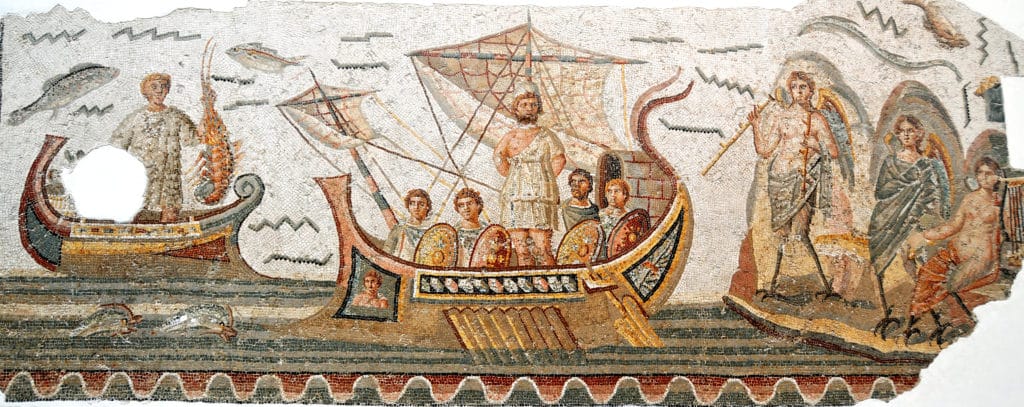
Christians Reading Pagans — Part 2
The Early Greek East:
While Augustine and Tertullian created (or perhaps evinced) in the Latin west a skeptical atmosphere about the moral utility of pagan myth, the Greek fathers of the eastern Roman empire tended to be somewhat more generous. Most of the great Greek Christian authors of the fourth century had been educated on the pagan classics. Basil the Great and Gregory Nazianzus, for example, studied at the philosophical school in Athens, the successor to Plato’s own Academy. John Chrysostom and Basil were both tutored by the greatest pagan rhetor of his age, Libanius, and their sermons are some of the highest examples in their age of the art of oratory. But under Emperor Julian the Apostate (who reigned 361–363), a law was passed stating that Christian educators were no longer allowed to teach the pagan classics unless they were willing to practice paganism. Julian’s reign was short, but questions he raised about the relation between Christian education and the pagan classics continued even after his death.
Responses to Julian and the crisis were varied; however, the Greek fathers faced these by, in the end, fundamentally affirming the perennial relation between Christian and pagan culture, even if they were unwilling to offer a full-throated endorsement. Gregory Nazianzus wrote sermons and poems drawing on the best style of the ancient pagans, sometimes in Homeric verse, at other times in a high rhetorical register reminiscent of Demosthenes. Basil’s younger brother Gregory of Nyssa was called by some a Plato Christianus because he wrote works of profound philosophy deeply influenced by neoplatonism. Basil himself was approached by some young students who wanted to know whether Christians should study the pagan classics. In his Letter to Young Men, he writes that Christians can and should study pagan Greek literature – just not the bad parts. He advises censorship of the bits in Homer, for example, that describe pagan gods or sexual transgressions. Those that promote moral virtue, on the other hand, should be studied assiduously, presenting as they do the virtues “as it were in shadows and mirrors”:
Into the life eternal the Holy Scriptures lead us, which teach us through divine words. But so long as our immaturity forbids our understanding their deep thought, we exercise our spiritual perceptions upon profane writings, which are not altogether different, and in which we perceive the truth as it were in shadows and in mirrors. Thus we imitate those who perform the exercises of military practice, for they acquire skill in gymnastics and in dancing, and then in battle reap the reward of their training. We must needs believe that the greatest of all battles lies before us, in preparation for which we must do and suffer all things to gain power. Consequently we must be conversant with poets, with historians, with orators, indeed with all men who may further our soul’s salvation. Just as dyers prepare the cloth before they apply the dye, be it purple or any other color, so indeed must we also, if we would preserve indelible the idea of the true virtue, become first initiated in the pagan lore, then at length give special heed to the sacred and divine teachings, even as we first accustom ourselves to the sun’s reflection in the water, and then become able to turn our eyes upon the very sun itself. (1)
Basil’s endorsement of the moral value of some parts of the pagan classics is heartening. However, his rejection of passages depicting pagan gods and rituals is also indicative of early Christian hesitations about pagan literature. What was he afraid of? This question naturally arises for us, who, two thousand years after the birth of Christ, are more likely to be amused and confused, rather than offended and tempted, by Homer’s depictions of Mars cavorting with Venus, or of strange ritual feasts, fat-covered thigh bones supposedly wafting sweet odors to the gods. Let us remember the context in which they were writing. The Christianization of the Greek and Latin-speaking worlds did not occur in an instant. It began in cities — the transient population of merchants and slaves, and the presence of Jewish synagogues, meant that urbanites of the ancient mediterranean were much more likely than country-dwellers to hear about, and be amenable to, the strange story of Christ. It spread much more slowly to the surrounding countryside, where cults to local gods were much stronger and the population was naturally more rooted and therefore more conservative (the Latin term paganus actually means something like ‘country bumpkin’). There was also resistance to the new story of Christ among the noble families of Roman society, who were also naturally of a conservative bent, given that many of their special priviledges and much of their traditional importance was tied to state paganism (2).
In Basil and Augustine’s time paganism was still a ‘live option.’ Christianity, which by the fourth century was no longer a persecuted religion, no longer attracted only the sort of ardent followers who willingly went to the martyr’s pyre. In this fluid state of things, de-conversion from Christianity back to paganism was a very real possibility. Family ties, marriage, patron-client relationships, or even a conservative nostalgia for the local or ecumenical cults of the pagan past could all draw impressionable (or perhaps not completely sincere) Christian converts back into paganism. Besides this, the more recent mystery religions that appeared during the first centuries after Christ — such as the cult of Isis as illustrated in Apuleius’ Golden Ass — could draw Christian neophytes into a more urbane, appealing, and mystical form of pagan worship than the rustic cults of the countryside. Add to all these the possibility of Christians dallying with alien forms of worship while also remaining outwardly in the bosom of the chuch, and one begins to see what Basil and the other fathers were afraid of (3). Given this reality, one wonders not at Basil’s hesitations, but at his generously positive estimation of pagan literature’s value for Christians.
By the end of late antiquity, Augustine’s stringent prescriptions did not come to fruition except in some of the more extreme corners of the church. Anti-pagan rhetoric still dominated any discussion of pre-Christian literature and myth, but practice often contradicted patristic theory. To see that this is the case, one need only peruse the selection of pagan Greek and Roman classics in any university library. The volumes that one sees on the shelves are there because Christian monks during this period copied the texts into new manuscripts. Had they fully believed that the pagan classics were wholly detrimental to the soul, these texts would have suffered the same fate as the texts of heretics like Arius: utter desctruction of the manuscripts, either through neglect or confiscation and burning, their memory surviving only as fragments quoted in the works of approved authors. As it is, the great pagan classics passed over from ancient times to our own on a bridge of parchment, covered in letters painted on delicate papyrus or aduously scratched into thick vellum by pious monks laboring in scriptoria across the territories of eastern and western Christendom.
Related Courses:
Reading and Teaching the Odyssey
Teaching the Great Books
Notes:
(1) Letter to Young Men on the Right Use of Greek Literature (translation by Padelford). Basil’s dependence on Plato’s Allegory of the Cave and his explanation of the divided line (from the Republic) are very evident in this passage.
(2) A good example of this type is Symmachus (c. 345–402), a figure who appears in Augustine’s Confessions — a Roman patrician and statesman who, in a protracted fight with St Ambrose of Milan, petitioned emporer Valentinian II to re-instate the pagan rites.
(3) For example, in Apuleius’ Golden Ass, an ostensibly Christian woman also practices sorcery. The pejorative depiction is not to be taken as fact, as the work is openly fictive and Apuleius was a devoted philosophical pagan, but there are enough admonitions against magic and pagan practice in the New Testament epistles to show that this was a concern from the church’s earliest days.
Author John Carr, after attending the Graduate Institute at St John’s College, taught humanities, Greek, and Latin for several years in classical schools. He recently left a homestead in the Green Mountains of Vermont to travel full-time with his family.
Note: Guest bloggers share their own thoughts as classical educators and learners and do not represent ClassicalU.com or Classical Academic Press. If you are interested in writing guest blog content, please contact us with your name, connection to classical education, and ideas for a blog post.


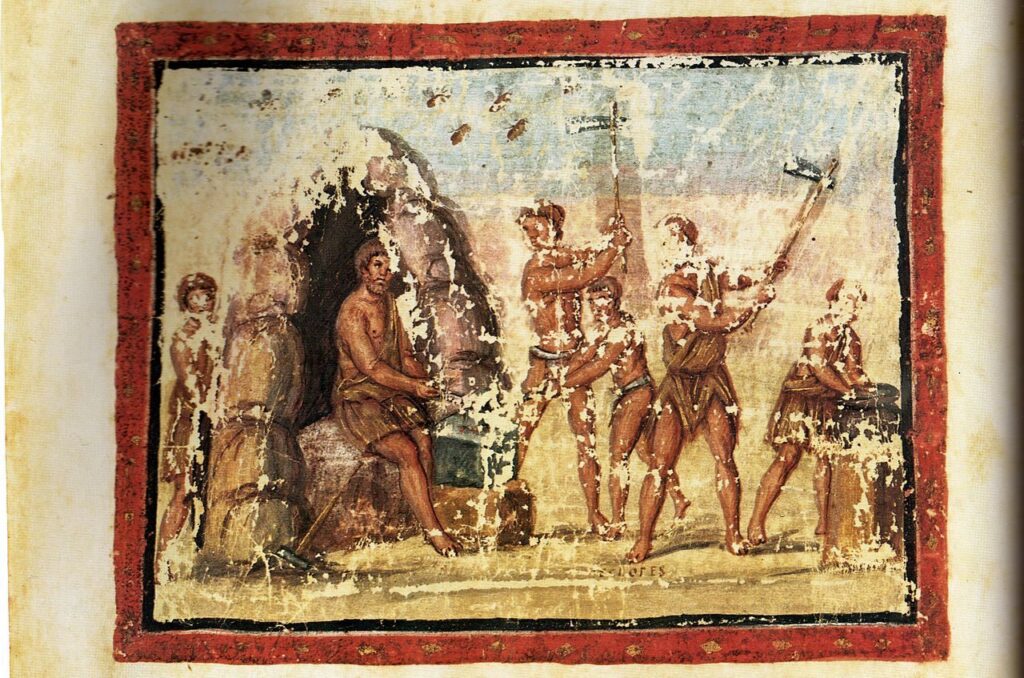
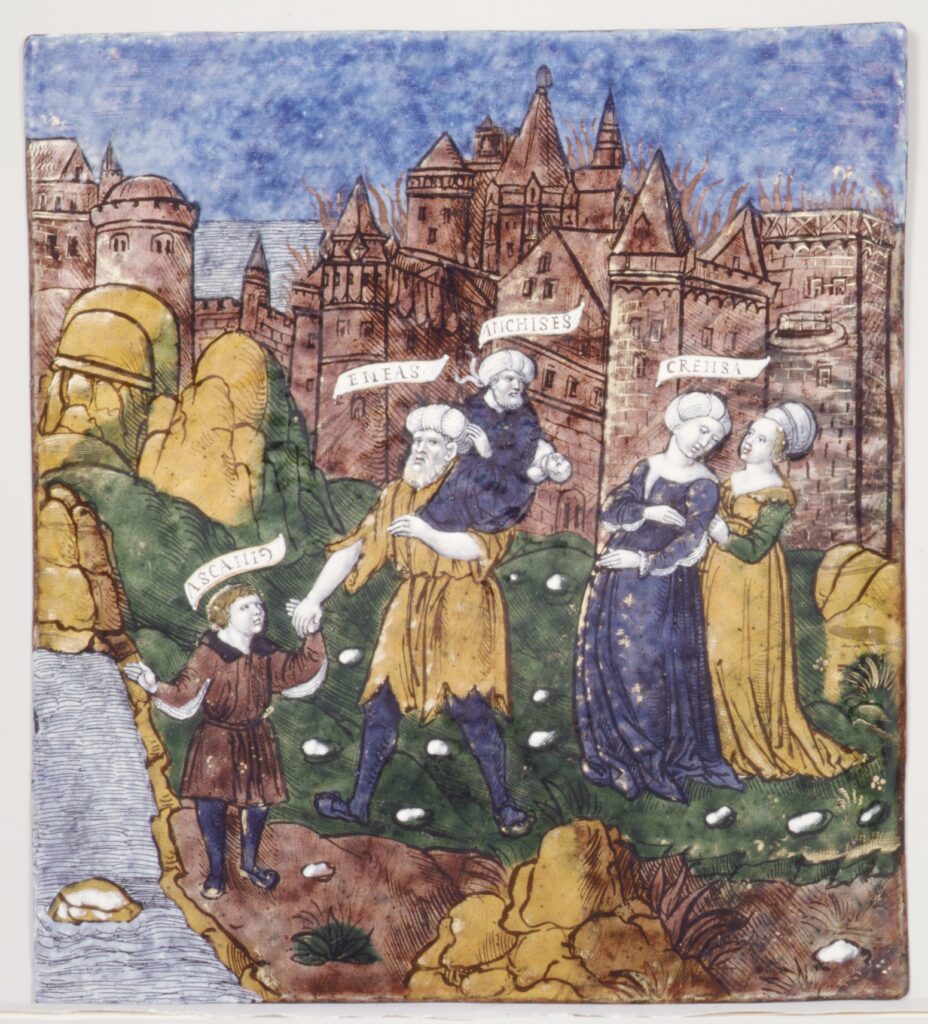
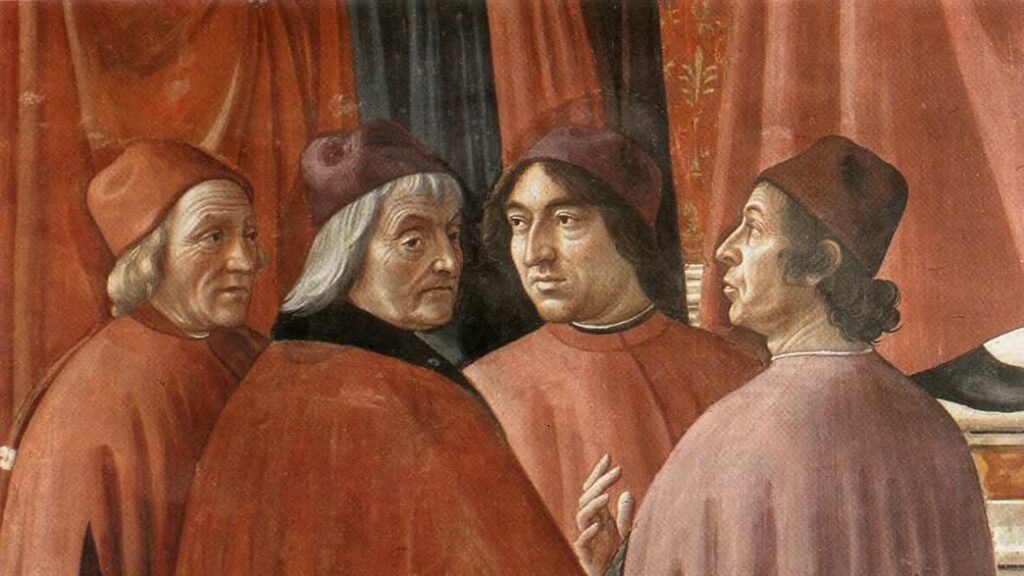
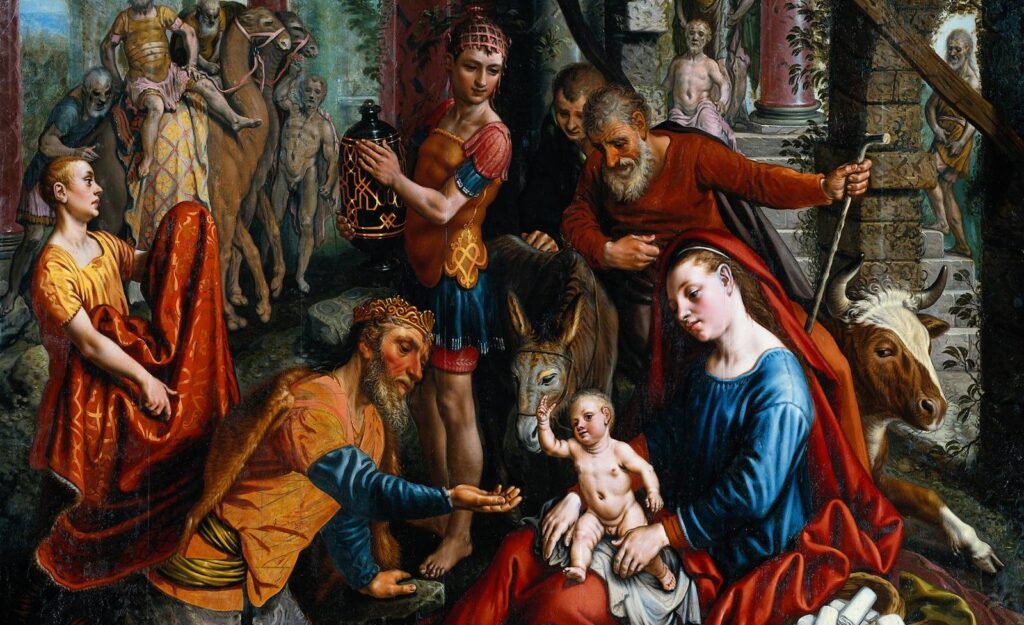
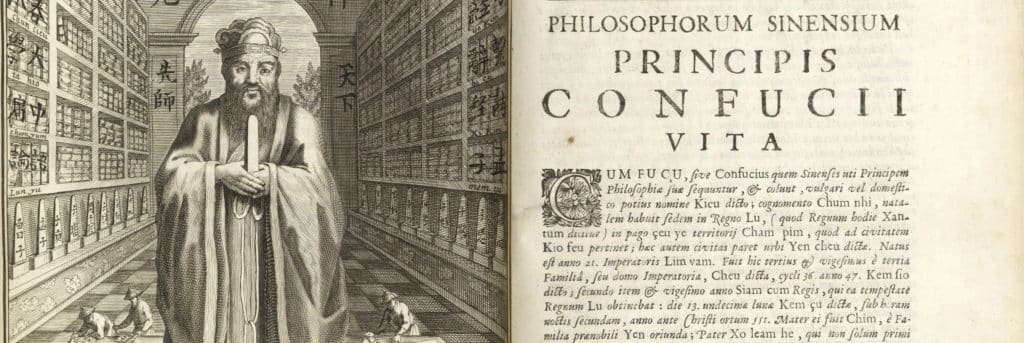

Responses